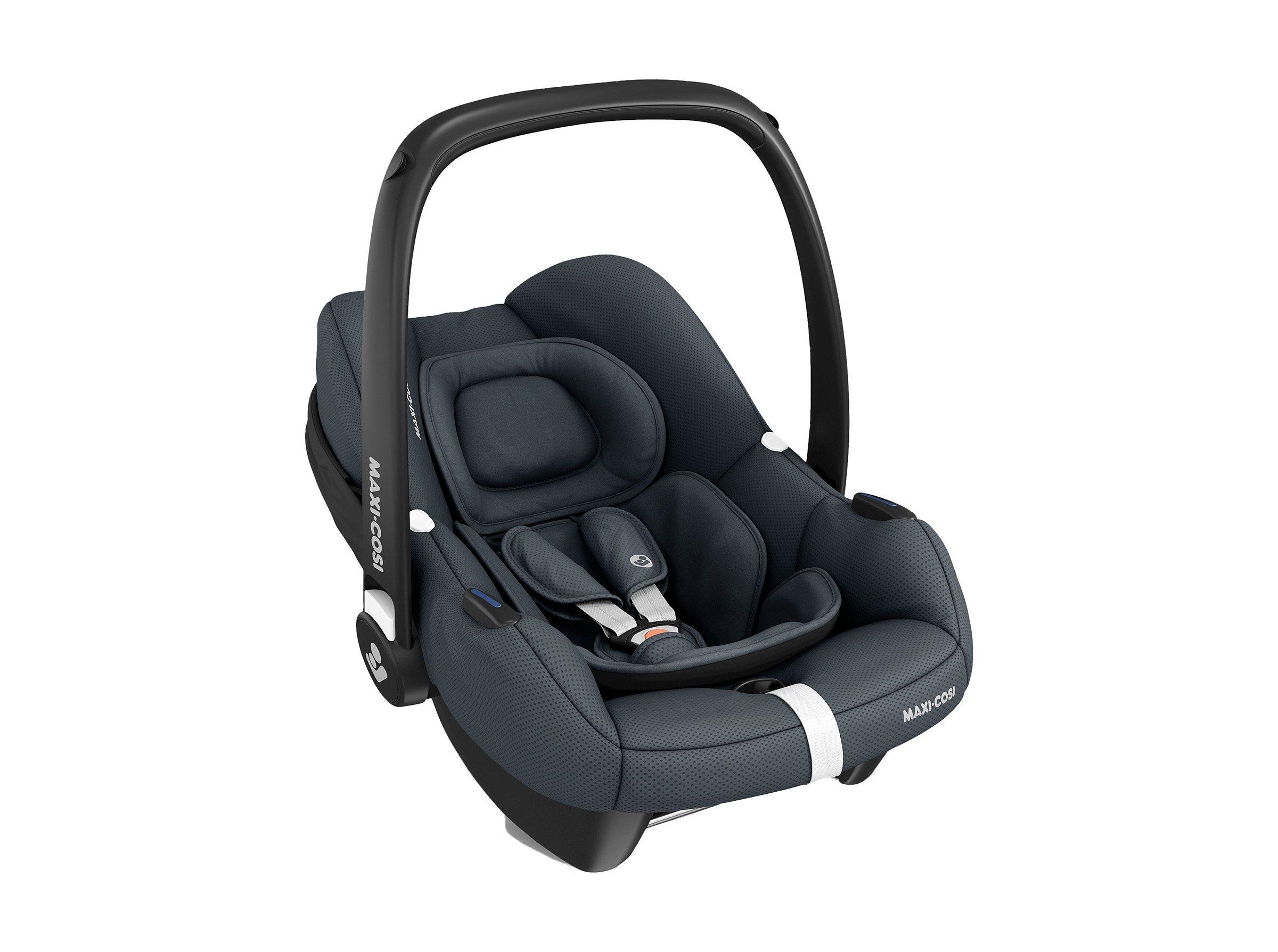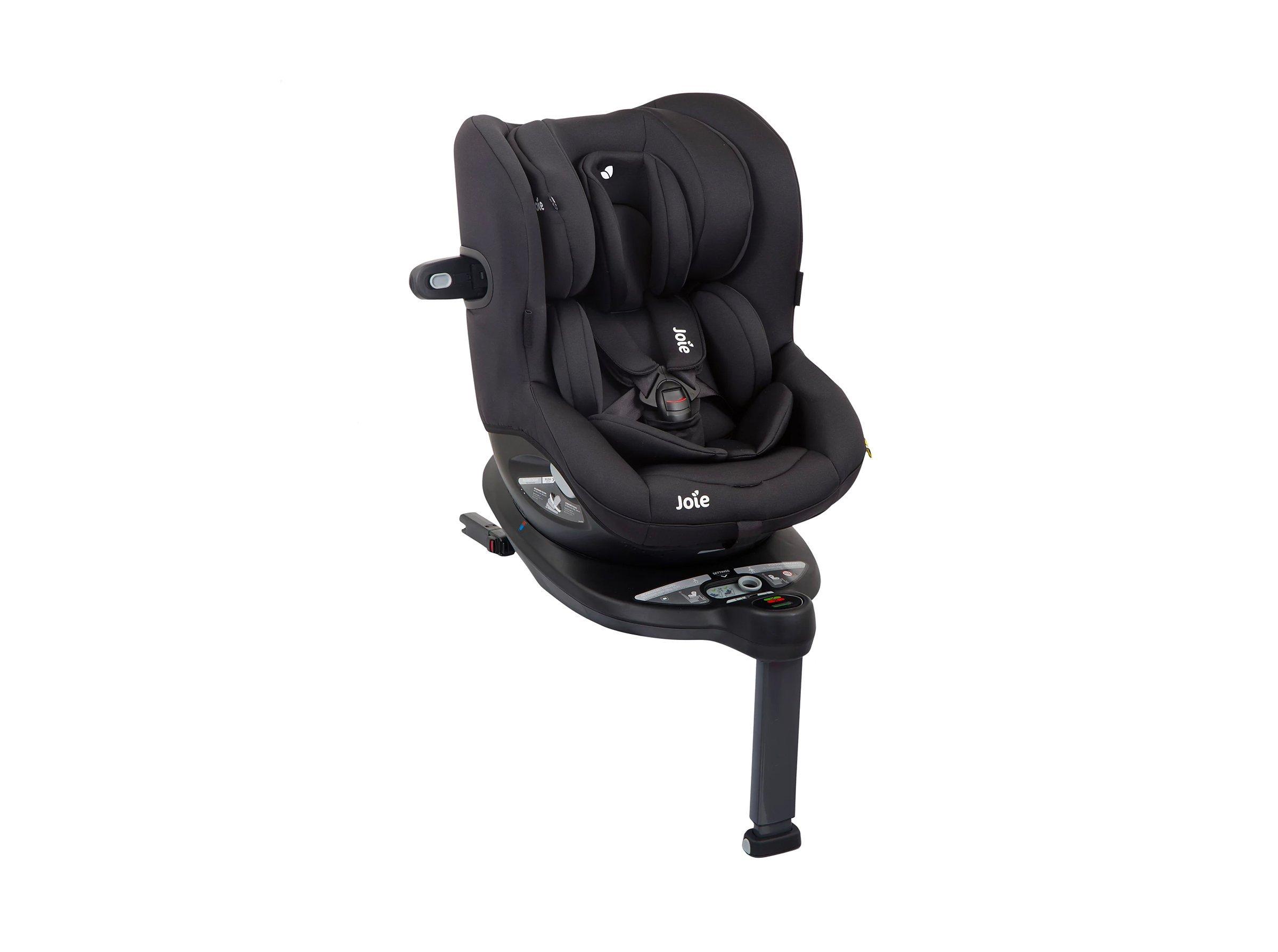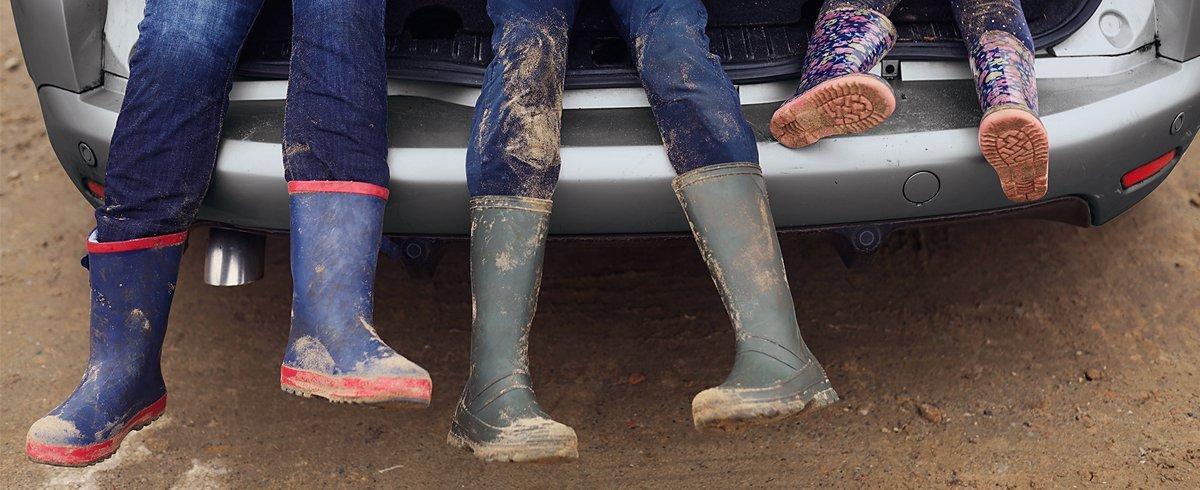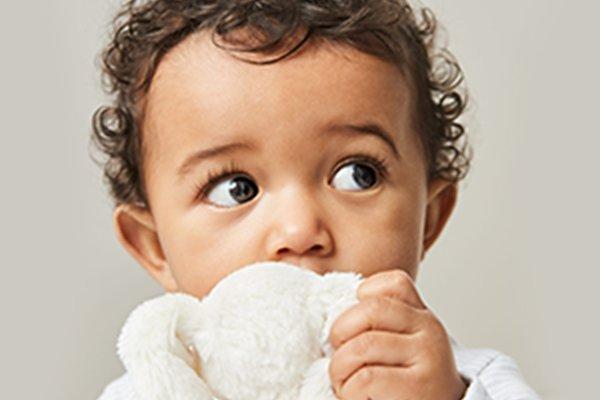Buying Guides
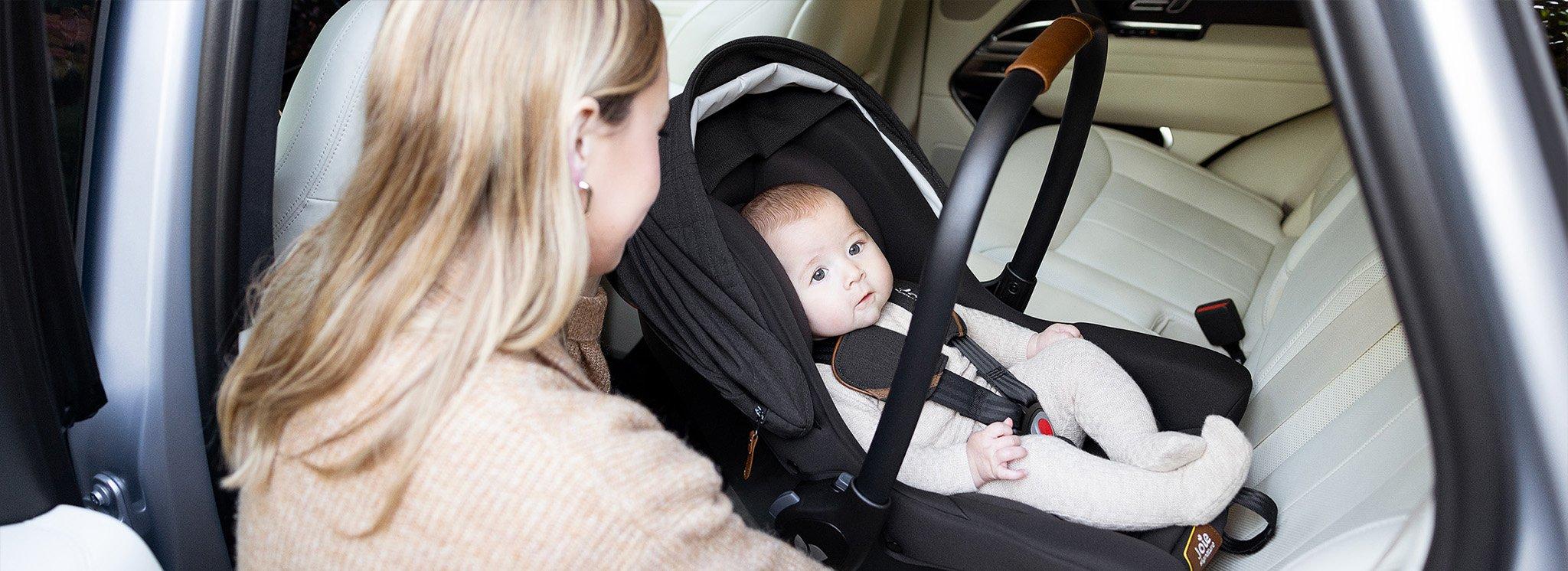
Buying a car seat
Looking for a car seat that’s the right fit for your child? Your child’s height, not age, is the key factor when deciding which car seat is suitable and safe.
By law, all children under 135cm tall or under 12 years of age must have their own car seat. All the car seats in our range are designed to give your child the best possible protection and meet the criteria set out in the R129 (iSize) safety regulation.
It’s recommended that a child continues to use a rear-facing car seat until they are at least 15 months old and this is mandatory when buying an R129 (iSize) car seat from our range. This is because a child’s body below this age is particularly vulnerable to forceful impacts and a rear-facing seat will provide additional protection.
We also offer a car seat fitting demonstration service in most of our shops.
Click here to find out more
What is R129 or iSize?
The R129 regulation, often referred to as iSize was introduced in 2013. It was brought in to offer improved protection for younger children and make travel in a vehicle even safer. In this regulation you select a car seat based on your child’s height.
Current child car seat laws mean it is legal to use either an R44.04 (weight-based regulation) or an R129 car seat. So R129 doesn’t replace anything, it just gives you an alternative option when picking the best seat for your baby or child. We only sell R129 (iSize) car seats as we believe it is the safest regulation for testing car seats.
Good to know about R129 (iSize):
- A baby must travel in the safer rear-facing position up to the minimum recommended age of 15 months. Some R129 car seats can be used rear-facing until a child is 105cm tall, which is around 4 years old.
- Side impact testing is assessed as part of the regulation to improve protection of the child’s head and neck. R129 also makes use of the most high-tech crash test dummies which not only has improved sensor technology to test for greater sensitivity, but it also features more sensors on fragile areas of the body.
- iSize is an enhancement of R129 that makes it easier to confirm your car seat's compatibility with any iSize approved vehicle - reducing the risk of installing your car seat incorrectly. While all i-Size car seats meet the R129 testing standards, not every R129 car seat is an iSize compatible seat. Shop iSize Car Seats
- You will also find R129 car seats that have passed the optional Swedish Plus test available at John Lewis. These seats are tested at higher speeds, with shorter braking distance and with higher forces exerted on the neck, as such these car seats can only be rearward-facing. Shop Swedish Plus Tested Car Seats
A quick guide to the right size seat
When you are shopping around you may notice that all car seats fall into groups or height bands. All seats in our range fall under the R129 (iSize) regulation, and so they are classified by height only. In some instances, we may still need to check the weight of the child within the height band due to the maximum mass load permitted on a vehicle’s ISOFIX points.
We display the below chart in all our stores to help guide you to the right seat for your child. We have also included further information on benefits and features of the type of seat available to you within each band.
Type |
Height of Child |
Approx. age of child |
Baby |
40-85cm | Birth up to 15 months |
Toddler |
40-105cm |
Birth up to 4 years |
Toddler |
40-150cm | Birth to 12 years |
Toddler |
76-150cm |
15 months up to 12 years |
Child |
100-150cm |
4 up to 12 years |
*Some car seats cover more than one height band
Types of a car seat
Baby car seats, or infant carriers suitable from birth up to 85cm (approx 15 months)
- They are rear-facing, which is the safest way for babies to travel
- Many models can be used with ISOFIX fittings, so you don’t need to use a seatbelt (don’t forget to check if your car is ISOFIX compatible by reading the owner's manual)
- They feature a carry handle, which is useful for transporting a sleeping baby from the car and have a curved base for gentle rocking
- They are often compatible with pushchairs with many bundles available
- Some models have a lie-flat recline when used in the car or on a pushchair and even swivel, making it easy to get baby in and out of the car
We recommend that babies should not be left in baby car seats for prolonged periods.
Toddler car seats suitable from birth up to 105cm (approx 4 years)
- These seats offer extended rear-facing travel up to 4 years, but also usually allow a child to face forward from 15 months
- Many models spin or rotate, making it easy getting the child in and out of the car, as well as turning from rear-facing to forward facing
- These seats are approved for use across a wide height range, so are a great option if looking for longevity of use, some models even extend beyond 4 years
- They easily adjust and adapt to the age of child, often by adjustable harness and headrests and removable padded inserts
Toddler car seats suitable from 76cm up to 150cm (approx. 15 months to 12 years)
- They are a lasting option, adapting as your child grows thanks to their adjustable harness and headrests and removable padded inserts
- They convert into a high back booster seat without an integrated harness, ideal for older children
- Many options even have recline positions
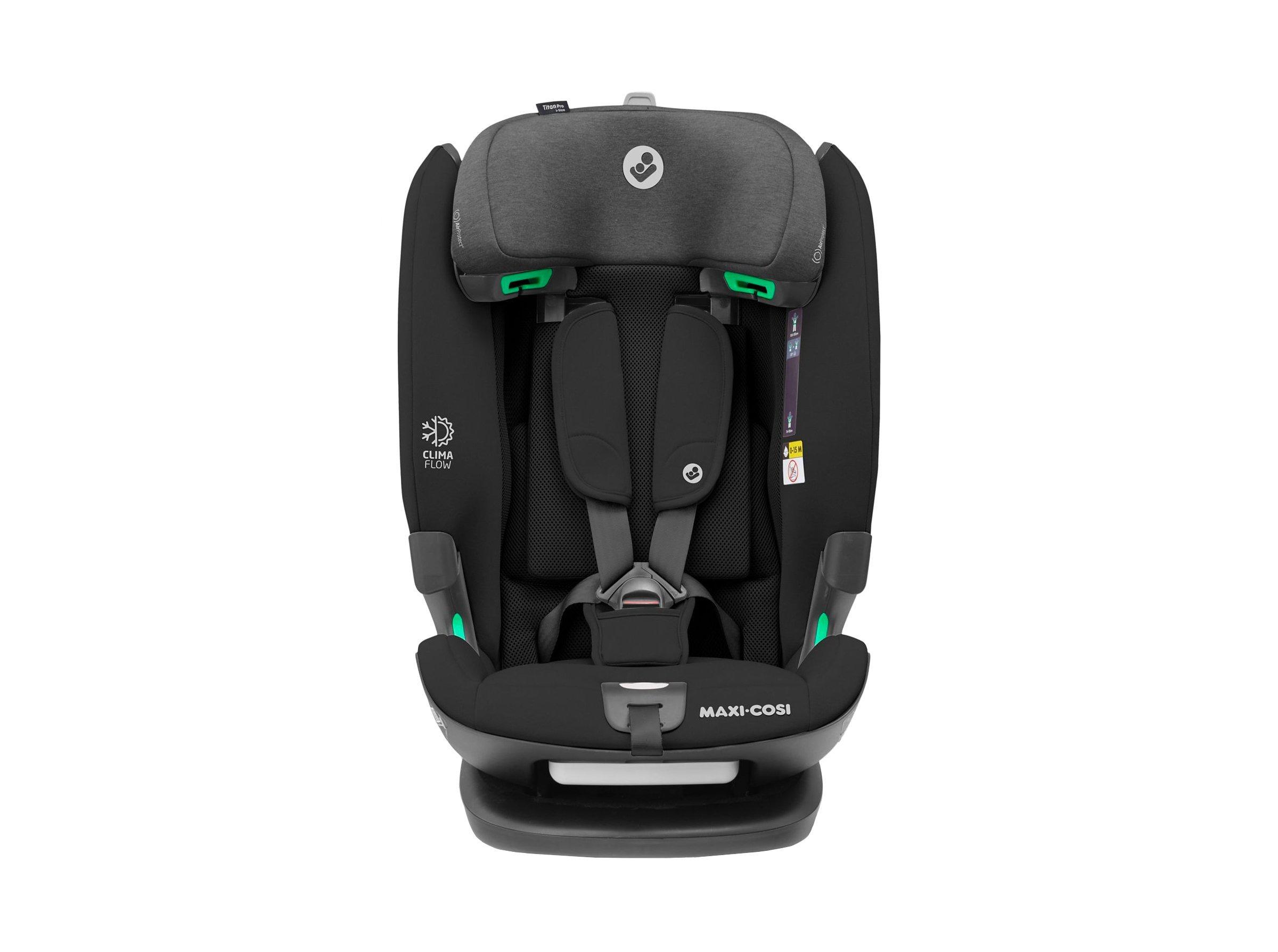
Child car seats suitable from 105cm up to 150cm (approx. 4 to 12 years)
- High back booster seat without an integrated harness, ideal for older children
- Adjustable headrest and often width ensures the car seat adapts as your child grows
- Many options have cup holders and arm rests
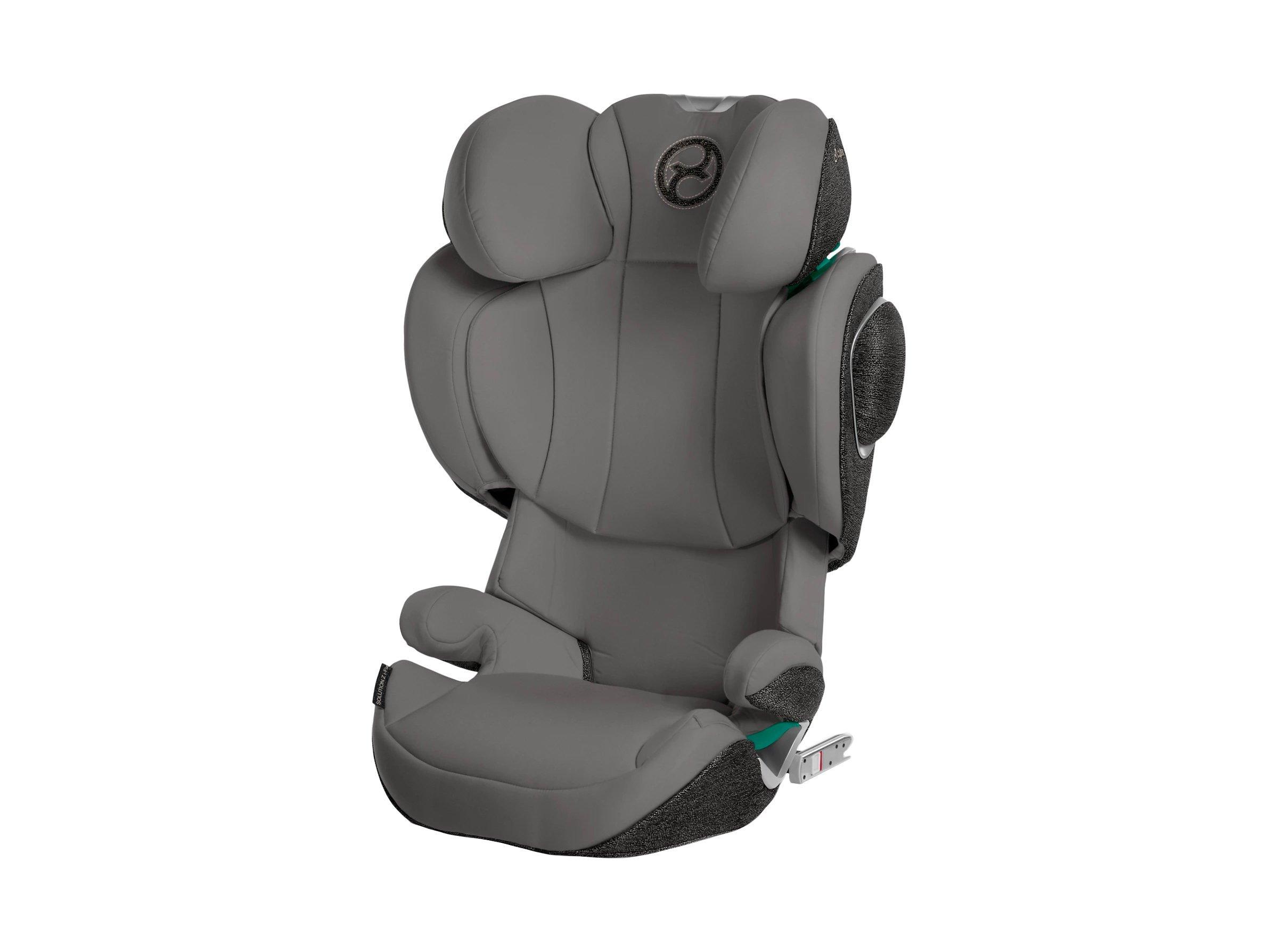
The law and your responsibility in using car seats and belts
- Until they’re 12 years old or 135cm tall (whichever comes first) children must normally use a child car seat appropriate for their height or weight in any vehicle (including vans and other goods vehicles)
- Don’t leave even the shortest journey to chance – always take the time to harness your child in an appropriate car seat
- Under no circumstances should a car seat be used on a passenger seat where there is an active airbag
- Correct fitting of all car seats and boosters is of paramount importance to make them most effective in the event of an accident. Not all car seats fit all cars and it is important to check for fitting suitability on all cars you intend fitting the seat to, as well as re-checking if you change your car
- Always read the instruction booklet which comes with your car seat to achieve a safe and correct fitting, retaining the guide for future reference. We recommend fitting your car seat in advance of first using it
- We recommend that babies should not be left in baby car seats or infant carriers for prolonged periods
- Manufacturers are no longer allowed to produce backless booster seats for children shorter than 125cm or weighing less than 22kg. Seats with backs are deemed safer as they offer better side impact protection which is why John Lewis does not sell any backless boosters. Models that are currently in the marketplace can continue to be sold and any existing seats you own can still be used, but we would encourage changing your booster for high back booster seat
- Our Partners are trained to advise on the right type of seat for your child. We offer in-store and virtual appointments so you can access our All Things Baby services at a time and place to suit you. Click here to book your appointment
Ordering your car seat
Free Standard Delivery
If you spend £50 or more on a car seat, we offer free standard delivery to your home.
Click & Collect
If you’d prefer to pick up your new car seat in store, use click & collect from John Lewis and Waitrose. It’s free on orders of £40 and over.
Accessories
Bored children may undo their belt or harness to attract your attention, so make sure they’ve got something to entertain them before you set off. On longer journeys, our travel accessories keep them cool and comfortable, allowing you to concentrate on driving.
Car sun blind or shade
Suction pads secure the blind in the best position to shield your child from direct sunlight and UV rays. Shop car sun protectors here
Extra rear-view mirror
Helps you keep an eye on your child when travelling. Shop car mirrors here
Car seat protector
This can be fitted underneath a car seat to protect the car's upholstery from compression, spills and crumbs. Shop car seat protectors here
Car seat adaptors
These can help fit your infant carrier on to a pram or pushchair frame. These are specific to the brand of car seat and pushchair so please check compatibility before purchasing. Shop car seat adaptors here
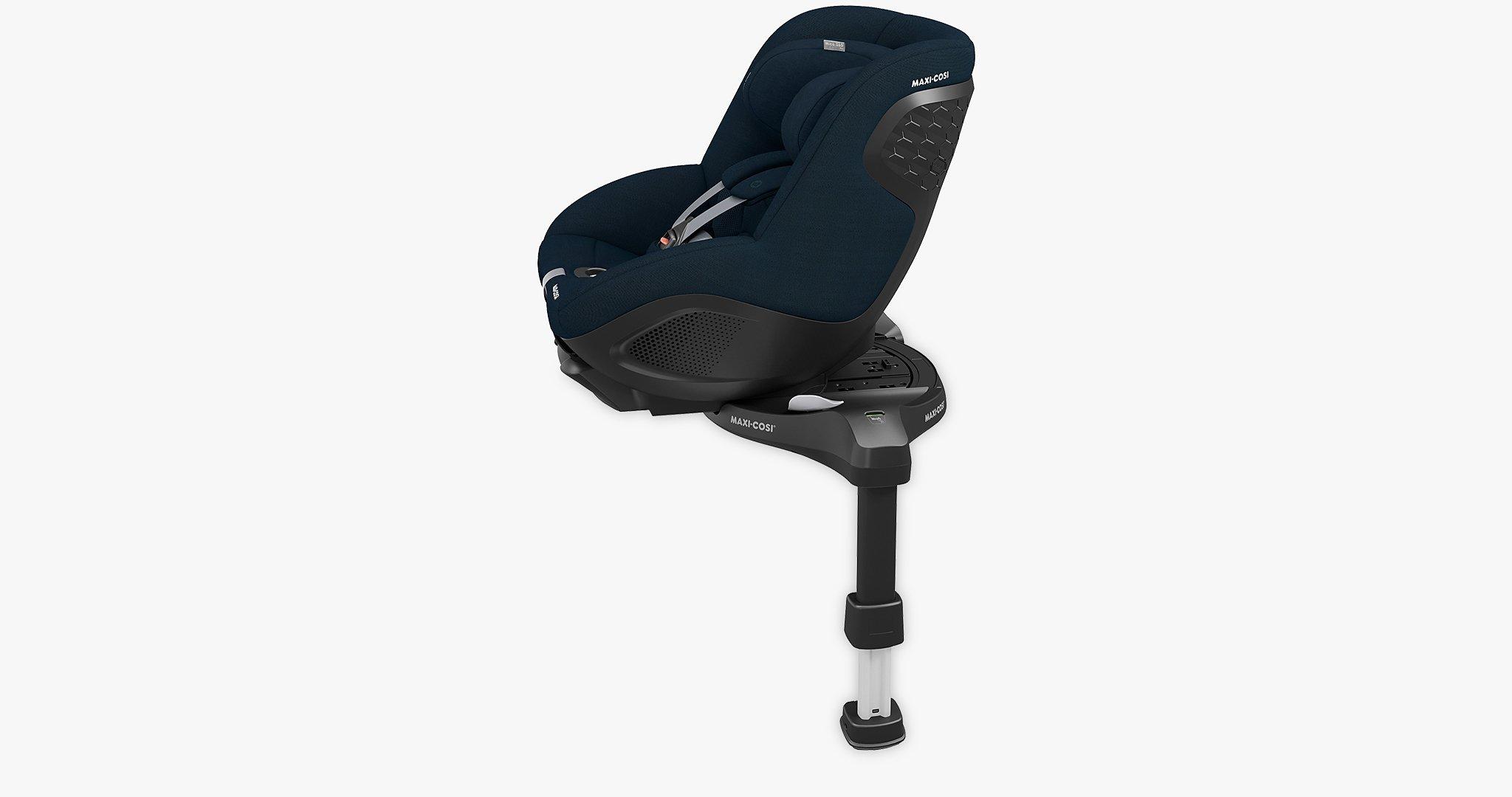
Owning your car seat
How to fit a car seat
Correct fitting of car seats and boosters is crucial. All the car seats in our range have clear instructions for safe fitting and use.
Manufacturers usually have fitting lists on their websites so you can check the seat you like is compatible with your make and model of car. The websites also have videos, showing you how to fit the seats.
Partners in our shops are trained to give you advice and demonstrate fitting. Find out more about our demonstration service.
Check that your seat is safe and secure using the following guidelines. If you’re not sure about how to fit the seat, please don’t hesitate to contact the manufacturer for guidance.
Fitting tips
- The seat should be fitted as tightly as possible – there should be no excessive forward or sideways motion
- Ensure that the integral harness is adjusted for every journey. The harness should fit snugly, allowing one finger between the harness and your child's chest
- The harness buckle should be as low as possible to keep the lap section across the pelvis and not across the stomach
- If there is too much slack – usually because the anchorage points are too far forward – choose an alternative position for the seat (or even a different car seat)
- Check that the buckles are not lying against the child seat frame as this could affect the seat's performance in an accident
- Keep fitting instructions in a safe place. You may need them again, particularly for combination car seats
- The safest place for a child to travel in a car is in the centre rear, as this is likely to be furthest from any impact. However, the use of a seat belt in any position in the car, including the front seat, is far safer than a child travelling unrestrained
- In baby or toddler car seats, check that the shoulder strap of the integral harness in rear-facing sets is slightly below your child's shoulder level. In forward-facing toddler seats, the straps should be level with or slightly above your child's shoulder. Once you reach the top slots for the straps, your child can continue to use the seat until their eye line is level with the top of the seat shell
- Use a child restraint appropriate to your child's weight and development and until your child reaches 135cm in height or their 12th birthday (whichever is sooner)
- Read the fitting instructions carefully. If in doubt, contact the manufacturer
- Practise using the car seat before putting your child in it for the first time
- Ensure everyone who will be fitting the seat is confident in doing so
- Check the seat regularly to ensure it is secure
- Discourage your child from playing with the buckles
- Check regularly for wear and tear on harness, buckles and seat shell
- Check that shoulder straps are slightly below the child's shoulders in a baby car seat, and level with, or slightly above the shoulders for forward-facing seats. Once you reach the top slots of the straps, the child can continue to use the seat until his or her eyeline is level with the top of the seat shell
- Use an additional rear-view mirror to keep an eye on your child, to avoid having to look around while driving
Do's
- Use a second-hand car seat, as there could be invisible damage to the structure
- Use a car seat that has been in an accident, however minor. There may be invisible damage
- Use a cushion or similar support under a child instead of a booster seat, as it will not give the same level of protection in an accident
- Leave metal fittings exposed on a sunny day as they can get very hot. Keep a blanket in the car to cover the seat when not in use
- Leave heavy or sharp objects loose in the car, as they can cause injury in the event of an accident
- Leave your child alone in the car, not even for a moment
- Cover or modify buckles to prevent your child from playing with them, as this may seriously affect the quick release mechanism in an accident
- Strap two children into one belt
- Put an adult belt around an adult and child together
Don'ts
Seat Belting vs ISOFIX
When it comes to installing a car seat you have two options. You can either choose installation with the vehicle seat belt or you can opt for an ISOFIX attachment.
Seat Belt
Using the vehicle seat belt to install a car seat is the more traditional method and, when done correctly, is extremely safe. This installation method is great for swapping between vehicles and occasional users, for example grandparents. Its a universal fitting method so will be suitable in all cars with a 3 point seat belt.
ISOFIX
If you want peace of mind that your child’s car seat is correctly installed, we recommend using an ISOFIX attachment. ISOFIX car seats have anchoring points on their base which then simply fix into the anchorage points inside a compatible car. ISOFIX was introduced to reduce the risk of car seats being installed incorrectly and increases the level of protection for your baby or child. Please don’t forget to make sure that your car and any other car the seat might be used in is ISOFX compatible.
- All cars produced after 2011 are equipped with ISOFIX points
- Car seats will fit into all i-Size cars and almost all other cars with ISOFIX points
- Check whether your car has under-seat storage, as this may affect the ISOFIX base you can have
You can check to see if you have an ISOFIX system by:
- Contacting your vehicle manufacturer
- Consulting your vehicle manual
- Looking for staple-shaped fittings between the back and bottom of the seat
Repairs
If you need help with a product you've purchased from us, our dedicated Nursery Travel Aftercare team can assist you. If you would like to speak to them, please call 03456 100 398, Monday - Friday, 0800 - 1830.
We recognise that bringing in the product can be difficult, and in some cases the issue can be resolved without you needing to leave home.
Find out more about our car seat guarantees
In the unlikely event that you need to return your car seat as unwanted, please ensure that it is boxed in the original packaging, all tags are attached, and the user guide is enclosed.
To give you peace of mind when investing in a car seat and to avoid returns, we always recommend booking an All Things Baby appointment – this way, you can ensure you are confident that the car seat is right for your child, your car, and for you prior to purchasing.
Need product advice?
Book a free in-store or virtual appointment with our expert Partners

Take the first steps with interest-free credit
Interest-free credit on selected Nursery items when you spend over £200.

Credit subject to status. UK 18+. John Lewis PLC is a credit broker. Creation Consumer Finance Ltd is the lender. T&Cs apply.
Car insurance to keep you moving
Take to the road confidently with our 5 Star Defaqto Rated Car Insurance
All Things Baby
Get prepared for your new arrival with an in-store or virtual appointment with one of our Nursery Advisors.
Get prepared for your new arrival with an in-store or virtual appointment with one of our Nursery Advisors. They’ll answer your questions and find the right products for you and your child. All appointments are free of charge with no minimum spend.


Interest-free credit
Spread the cost when you spend over £200 on Home or Nursery
0% APR Representative Fixed. Credit subject to status. John Lewis PLC is a credit broker not a lender. Credit provided by Creation. T&Cs apply.

INTEREST FREE CREDIT AVAILABLE
Spend over £1,000 on Nursery and spread the cost over 12 months, or over 24 months when you spend £3,000 or more. 0% APR Representative. Terms and conditions apply.*

